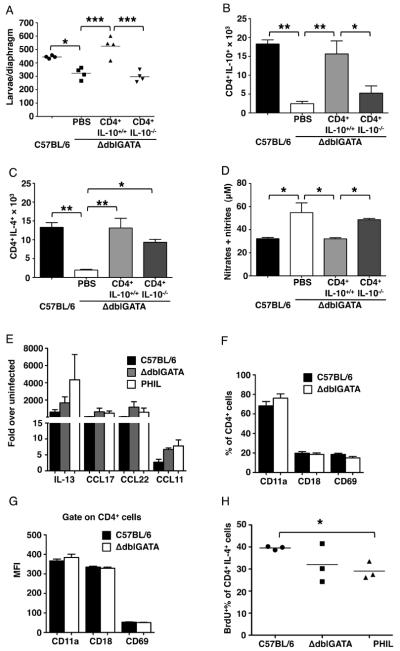Figure 2. IL-10 derived from CD4+ T cells protects larvae in muscle.
(A) – (D), 5 × 106 CD4+ T cells from infected WT or IL-10−/− mice were transferred to ΔdblGATA recipient mice on 4 dpi. (A) Larval burdens in diaphragms, 17 dpi. (B) Number of CD4+IL-10+ cells and (C) CD4+IL-4+ cells in diaphragms of mice, 17 dpi. (D) NO endproducts in antigen-stimulated dLN cell cultures. (E) qRT-PCR analysis of IL-13, CCL11, CCL17 and CCL22 in masseter muscles of WT, PHIL, ΔdblGATA mice, 14 dpi. (F) Percentage and (G) MFI of CD11a+, CD18+ and CD69+ on gated CD4+ T cells recovered from dLNs of WT and ΔdblGATA mice, 14 dpi. A – F, Each data set was collected from two experiments with similar results. Values represent mean ± SD; n = 3 - 4 mice. Significant differences were determined by Student's t test or ANOVA and Tukey's test. *p < 0.05, **p < 0.001, ***p < 0.0001.

